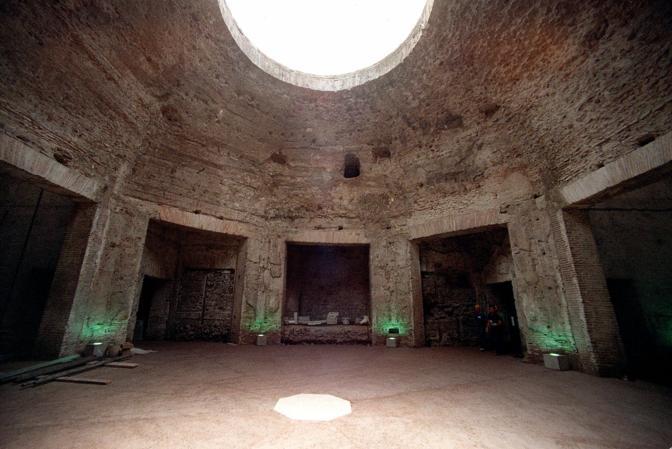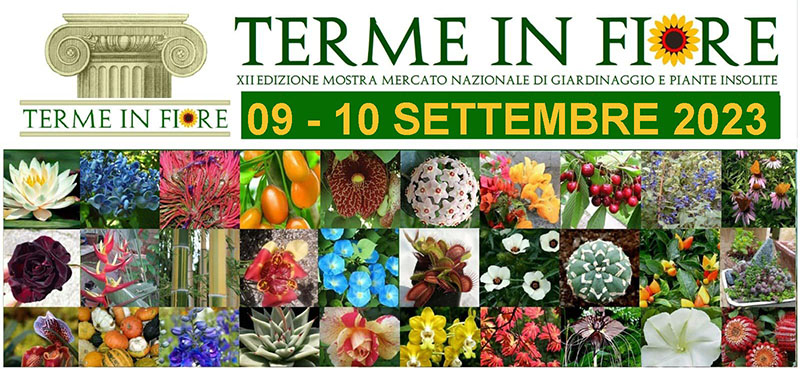Domus Aurea

After the fire of 64 AD, which destroyed much of the center of Rome, the emperor Nero had built a new residence with walls covered in marble and sometimes decorated with gold and precious stones, deserving the name Domus Aurea. It was designed by the architects Severus and Celer and decorated by the painter Fabullo. The huge complex included endless vineyards, pastures and woods, an artificial lake, treasures looted in the cities of the East and precious ornaments, including a colossal statue of the emperor in the guise of the sun god.
On the death of Nero his successors sought to bury and erase all traces of the building. The luxurious halls were stripped of coatings and sculptures and filled with earth to the times and were built over the Great Baths of Titus and Trajan. In the valley below was built the Colosseum. The magnificent fresco decorations and stucco of the Domus Aurea remained hidden until the Renaissance.
Then some artists enthusiasts of antiquities, including Pinturicchio, Ghirlandaio, Raphael, Giulio Romano and Giovanni da Udine, descending from above in what they thought were the caves, began to copy the decorative motifs of the time. For this the decorations were called “grotesque”. With the rediscovery began the problems of conservation of paintings and stucco, which faded quickly because of the humidity and ended up being forgotten.
Only after the discovery of the frescoes of Pompeii scholars became interested again to the grotesque Roman and in 1772 was resumed excavations in the Domus Aurea.



















